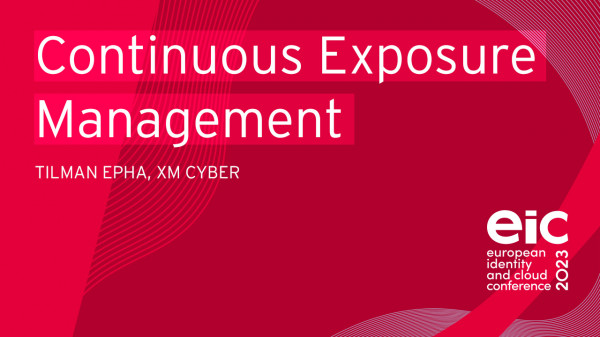Companies are facing increasingly complex security threats. Many are struggling to assess their own security risks due to an inability to address potential issues as they arise, due to the breakneck pace at which issues are disclosed, and teams' ability to address said issues as they accumulate and because the huge number of security tools in use create diagnostic fatigue.
Vulnerability management programs rarely ever match the overall scale of the organization, boosting the number of potential points of exposure. What's more, besides vulnerabilities, attackers are increasingly leveraging exposures such as misconfigurations and stolen credentials to gain access to companies' core business. Because of this, attack paths to critical assets are often overlooked or identified too late.
Instead of looking at vast numbers of isolated issues, XM Cyber aggregates them into an attack graph to proactively identify hidden attack paths and weaknesses in both the cloud and on-premises. XM Cyber helps organizations efficiently address the issues that can have the greatest impact on organizational risk. Then teams can eliminate attack paths at critical junctures, i.e., choke points, in order to achieve ultra-efficient risk remediation.
